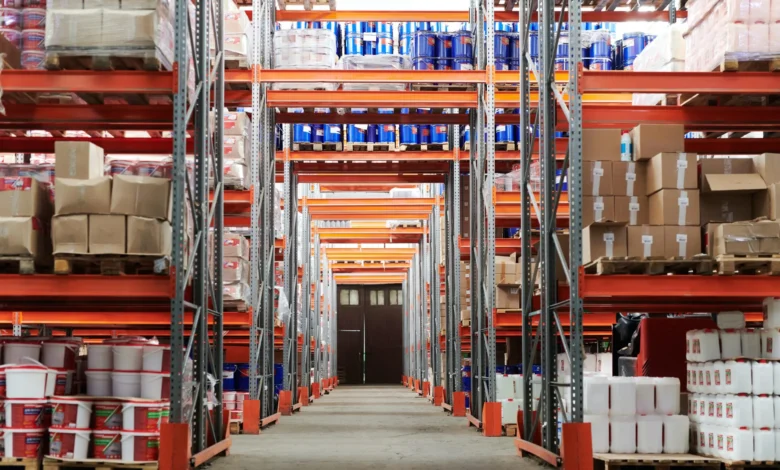The Digital Transformation in Warehousing

The logistics industry has recently witnessed a paradigm shift towards digitizing warehousing. As e-commerce continues to flourish and consumer demands for speedy delivery escalate traditional warehouse management methods have become obsolete. This has set the stage for a digital transformation spearheaded by innovative companies seeking to harness the capabilities of advanced technologies such as big data analytics, cloud computing, and the Internet of Things (IoT). Commercial warehousing operations are now becoming more agile, transparent, and customer-centric.
The revolution in digital warehousing is redefining the role of these critical facilities within the supply chain. No longer are warehouses mere storage locations; they’ve morphed into highly efficient distribution hubs that provide valuable data-driven insights for supply chain optimization. Of paramount importance is the ability to adapt quickly to market changes and customer expectations, all while maintaining operational efficiency and cost-effectiveness.
Warehousing Management Systems
At the heart of these transformative warehousing operations lies the Warehousing Management System (WMS), a comprehensive software solution that manages and coordinates the complexities of modern warehousing tasks. The WMS streamlines processes such as order processing, stock control, and dispatching goods, which are vital to successful warehouse operations. Integrating with sensors and mobile devices, a WMS offers unparalleled visibility into warehouse inventory at all times.
The real-time data provided by advanced WMS platforms enables warehouse managers to optimize floor space use, improve worker productivity, and predict future inventory needs. These systems also facilitate enhanced customer service by ensuring accurate and timely information about order status and stock availability is always accessible. This enables companies to make informed decisions and react dynamically to any situation.
Automation in Warehousing
Automation has emerged as a powerful force within the warehousing sector, reshaping the very nature of warehouse labor and logistics. Intelligent robots, programmed to perform tasks ranging from picking and packing to loading and unloading, are increasingly common in warehouses worldwide. Such automated systems offer increased precision and efficiency and the ability to work safely alongside human employees, thereby enhancing overall productivity without compromising safety.
With machine learning algorithms and advanced robotics, warehousing operations can be conducted with minimally manned night shifts or in fully automated ‘lights-out’ environments. Automated warehouses are redefining the potential for scaling up operations, as businesses can respond to higher demand periods without the constraints of traditional labor shortages or the increased costs associated with overtime pay.
Sustainable Practices in Modern Warehousing
The modern push for sustainability in business practices has yet to leave the warehousing industry untouched. With growing awareness about the environmental impact of industrial operations, many businesses are now embarking on initiatives geared towards creating more sustainable and eco-friendly warehouses. This shift represents a response to consumer and regulatory pressures and an alignment with broader corporate responsibility goals.
Implementing sustainable practices such as optimizing energy usage through better insulation and lighting, introducing renewable energy sources like solar panels, and reducing waste through recycling and material reuse programs are some steps being undertaken by forward-thinking warehousing operations. These measures help curb carbon emissions and contribute to the long-term sustainability of the warehousing industry, all while reducing operational costs.
The Future of Warehousing: Trends to Watch
As we peer into the future of warehousing, several exciting trends emerge that will likely transform the industry further. Innovations like drone technology are set to make quick and efficient inventory counts a reality. In contrast, augmented reality is promising for assisting warehouse staff in picking and placing tasks through visual aids. Some technology is also anticipated to make inroads into warehouse operations, providing secure and transparent tracking of goods from manufacturer to customer.
These emerging trends signify more than just technological advancements; they represent a shift towards a more interconnected and data-driven warehousing ecosystem. As these technologies mature and become more accessible, we expect to see a new era of warehousing that is flexible, efficient, and responsive to the ever-evolving business landscape.




